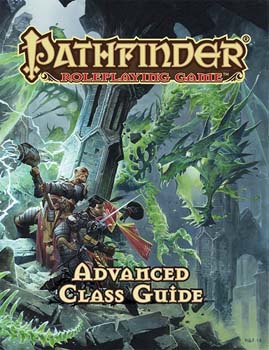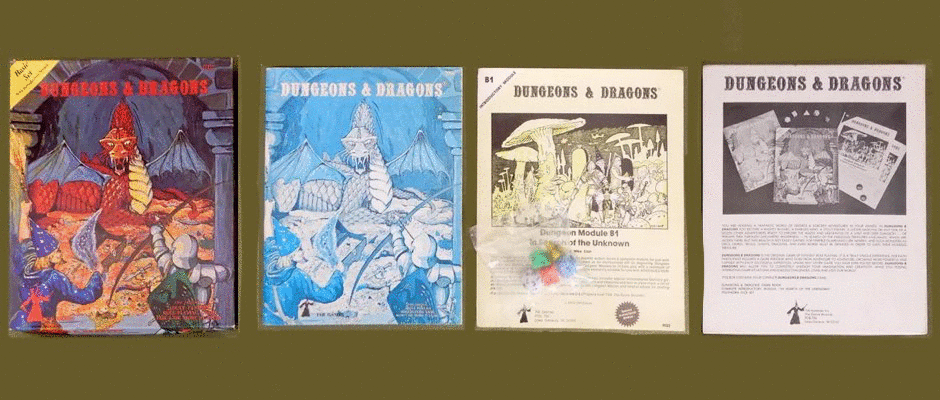
My players over the years already know this about me, I’m not big on new classes in D&D because the majority don’t solve anything. Prestige Classes can since they’re more conceptual.
Now I’m fine with the four brought in by the two Ultimate books:
- Ninja and Samurai are Japanese variations of Rogue and Cavalier respectively.
- Magus synthesizes Fighter and Wizard to “save” levels.
- Gunslinger is allowed even though guns are a waste of money.
In the Advanced Player’s Guide, I already made it clear why four of those classes were pointless while allowing two.
- Cavalier is a good counter to the Barbarian, after I’ve made a couple adjustments to make it more like PHB 2‘s Knight.
- Witch is a better option for arcane users via hags and some humanoid races.
Advanced Class Guide treads the same path as Player’s. There are good ideas, there are impractical applications and some of it is just plain…stupid. The difference between the 10 classes presented here are their nature, they’re not Core but Hybrids; a synthesis of two Core classes to make a new one. For example, Slayer is the Ranger and Rogue combined. It receives the favored enemy element of the Ranger and sneak attack damage from the Rogue. In exchange, the special abilities are both scaled back yet a fifth-level Slayer is more effective at his job than someone making a multi-classed Ranger and Rogue that’s a fifth-level character.
I do want to point out the three classes I’m never going to allow because no one will really bother to play. Rarely have I met anyone wanting to multi class the Barbarian with anything, let alone Bard or Sorcerer which is what Skald and Bloodrager do respectively. The Investigator is contrary to Fantasy altogether. If someone wants to solve mysteries with Nero Wolfe or Scooby Doo, play Call of Cthulhu and don’t waste my time.
These will work for NPCs: Shaman, Warpriest and Hunter.
The Arcanist will be a favorite of power gamers who feel their Wizards aren’t powerful enough. Too much bookkeeping for it to be an NPC.
Swashbuckler and Brawler are intriguing yet they are also a pain in tracking how often they can utilize their “powers.” For example, the Brawler can use a Fighting Feat temporarily without having to have it permanently. All that trouble to have a Monk with a non Lawful alignment.
As usual, once the Hybrid classes are detailed, the book introduces a plethora of options via Archetypes, Spells, Feats and Gear. It concludes with guidelines on how to make more Hybrid classes.
Is this book worth having? I give it a grudging “yes.” The positive backing is more for DMs having options to give their NPCs/Monsters. It’s offered in the pocket edition too which is what I would endorse given Pathfinder now undergoing its playlets for Second Edition.
